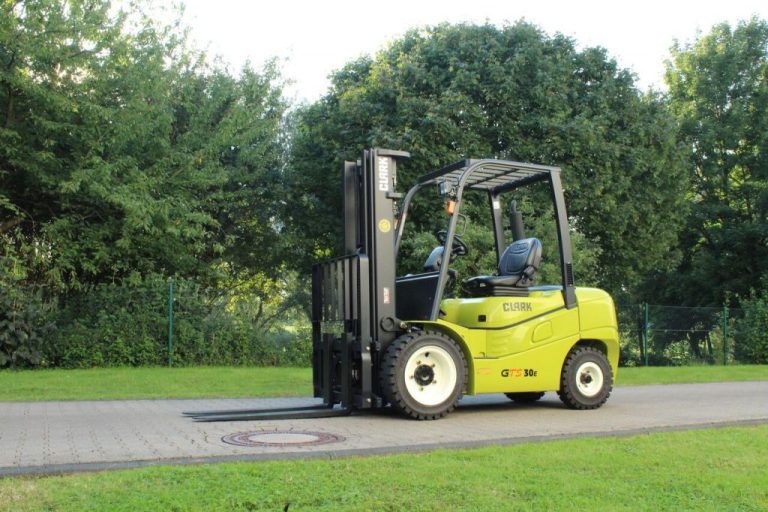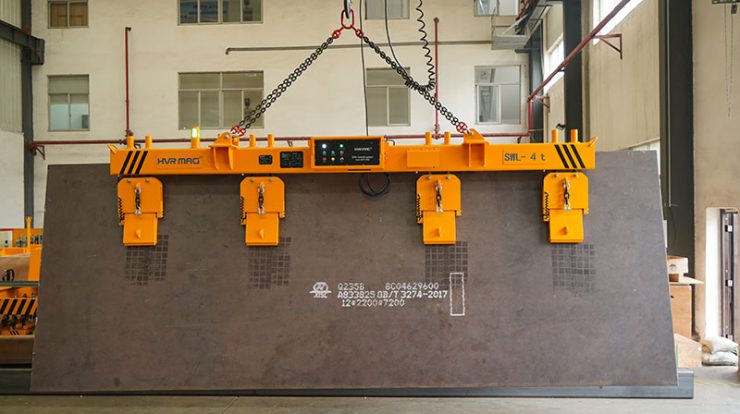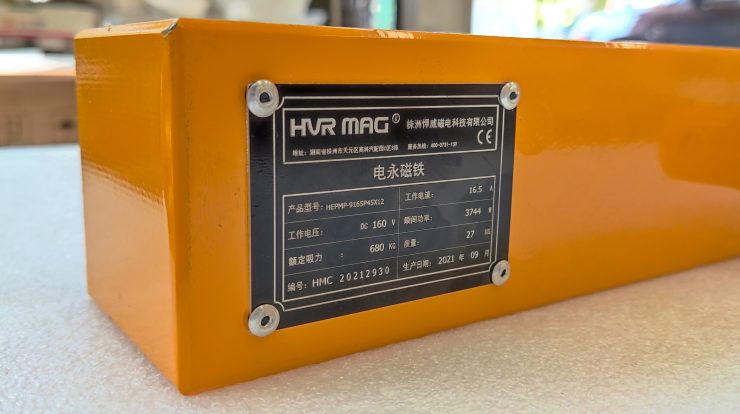Tips for Pouring Concrete in the Winter | Magnet for Excavator
For many construction contractors, the work doesn’t stop when the temperature drops. Fundamental processes like pouring concrete may continue throughout the winter to keep projects on schedule and meet tight deadlines.
While pouring concrete becomes more challenging in colder weather, you can still achieve a favorable result if you take appropriate steps to keep the mixture warm.
What Is the Best Temperature for Pouring Concrete?
The ideal temperature for concrete to set is 50-60 degrees Fahrenheit, but you can pour concrete in colder weather. The crucial hydration (curing) process, which occurs when the chemicals in the concrete mixture bind with water, can still happen when you take the appropriate measures.
If the temperature is below 40 degrees for three straight days and not above 50 degrees for more than half of any 24-hour period during this time, you’ll need to take additional site preparation and heating steps to ensure the poured concrete sets properly. If the temperature dips below the 40-degree threshold, it could weaken the finished product and cause cracking.
Ensuring Concrete Pouring Success in Cold Weather
If you’re attempting to pour and set concrete in colder conditions, implement the following steps:
- Keep materials warm: Store your concrete ingredients in a heated shed or similar location before preparing the mixture. Avoid letting them sit outside overnight in colder temperatures.
- Thaw the ground: If the temperature has dipped below freezing, you’ll need to thaw the ground before you pour. Frozen turf causes concrete to cool below the desired 40-degree mark and hinders the curing process. Portable ground thawing equipment is available that can prep the surface and speed up hydration.
- Use hot water when mixing: Add hot water when preparing your concrete mixture. This technique will elevate the temperature and help to prevent curing issues like weakening and cracking.
- Consider using quick-set cement: Portland cement is a primary ingredient in a concrete mixture. Using a quick-setting version can reduce the curing time and minimize the impact of cold weather.
- Add calcium chloride: Adding this chemical to the mix can speed up hydration, but it can cause corrosion when placing steel in concrete. A non-chloride alternative can prevent this issue, though it will come at a higher cost.
- Use more cement: Increasing the amount of cement in the mixture is another way to create faster hydration and reduce the curing time.
- Remove unevaporated water: If you notice excess water on top of the poured concrete, use a vacuum or squeegee to get rid of it.
- Keep the area warm: If the temperature is below 50-60 degrees when curing, you’ll need to take additional heating steps. Spray the area with a liquid curing compound and cover it with insulated concrete blankets.
Contact The Cat® Rental Store for Your Concrete Equipment Needs
The Cat® Rental Store dealer network offers high-quality ground thaw heaters for rent that can enhance your concrete site prep results in cold weather. You can also get more tips for pouring concrete in the winter from the local experts at your nearest Cat dealership. For more information on rental concrete equipment, call us at 1-800-RENT-CAT or contact us online for a fast quote.
Find The Cat Rental Store Near You



